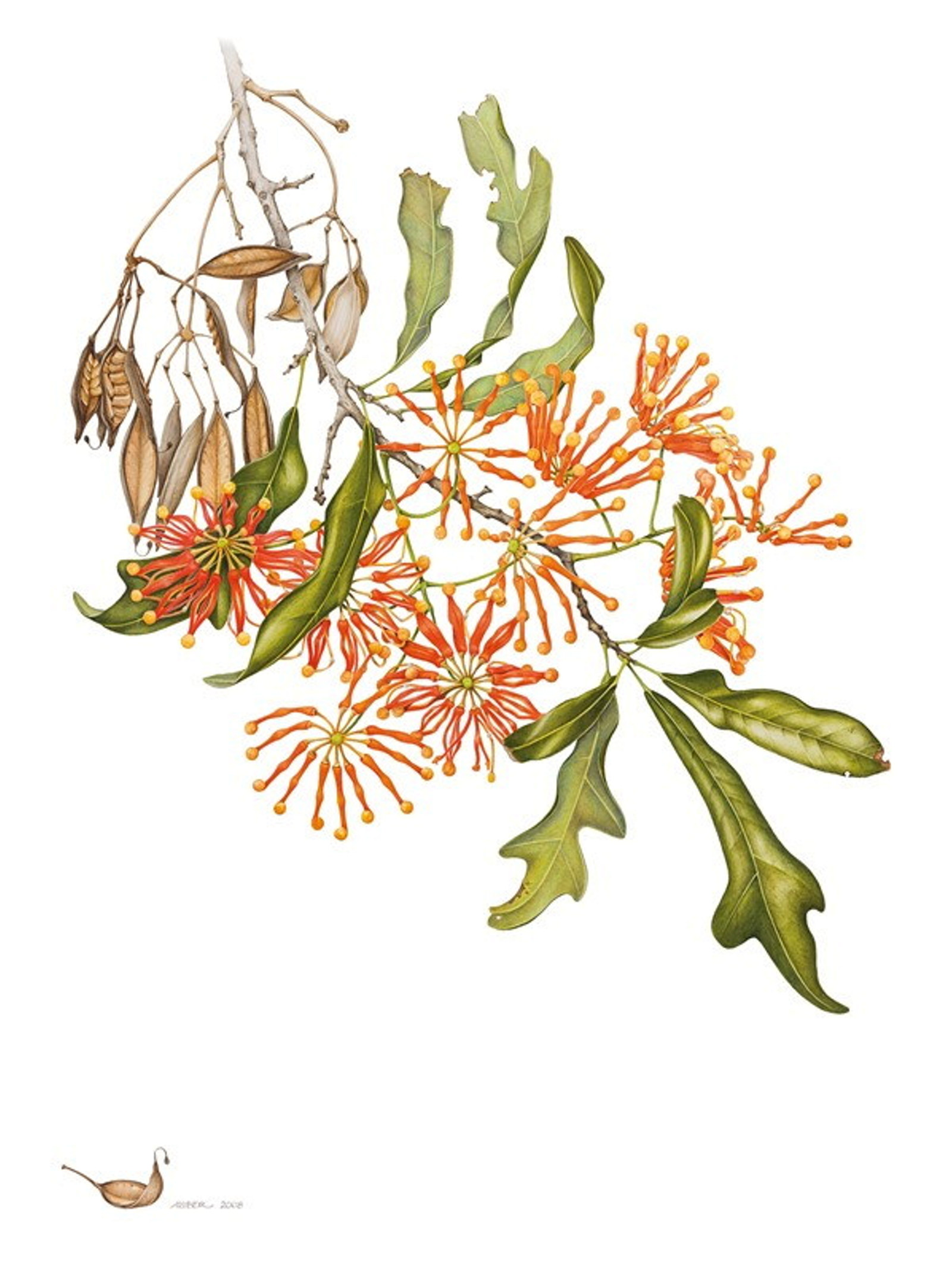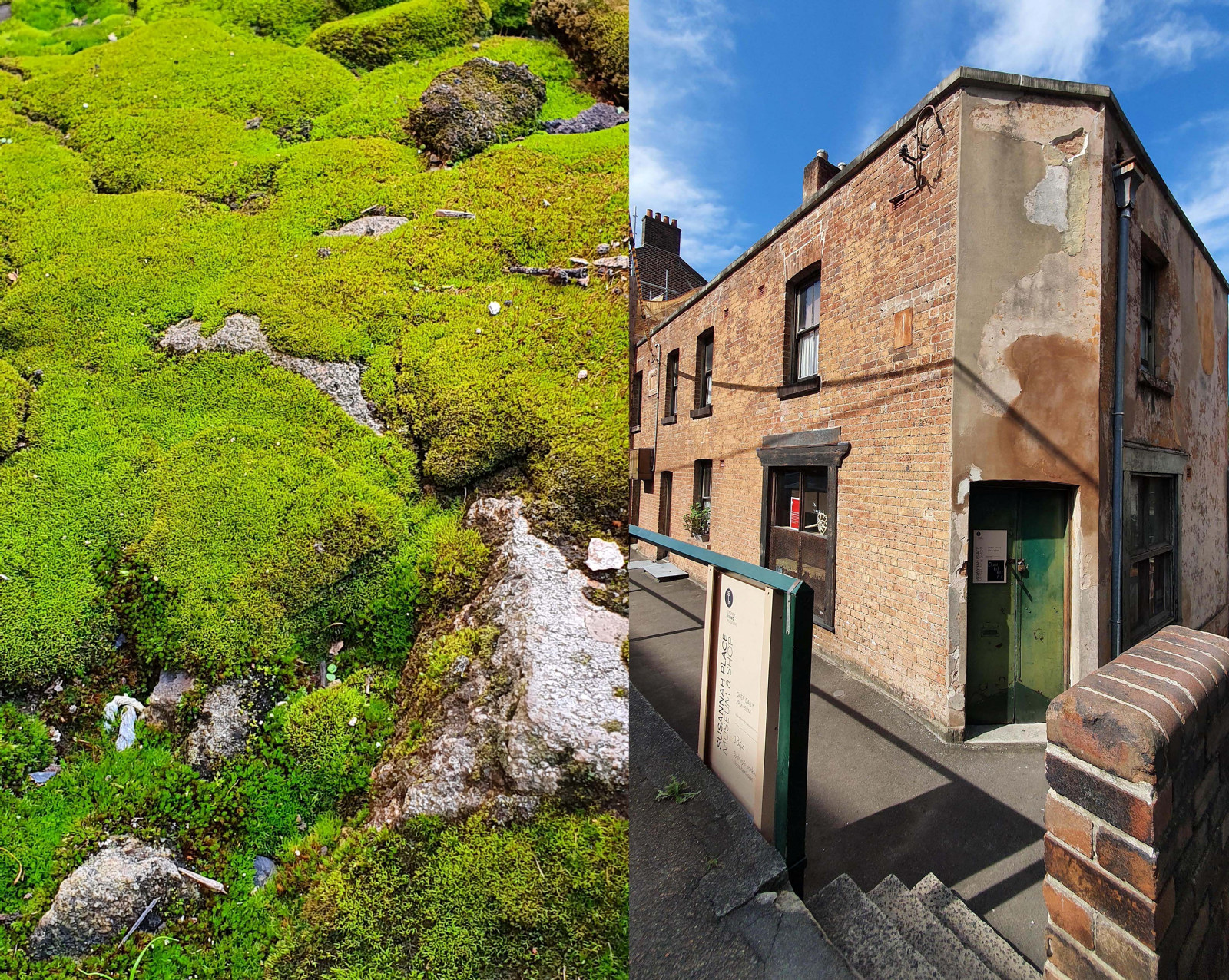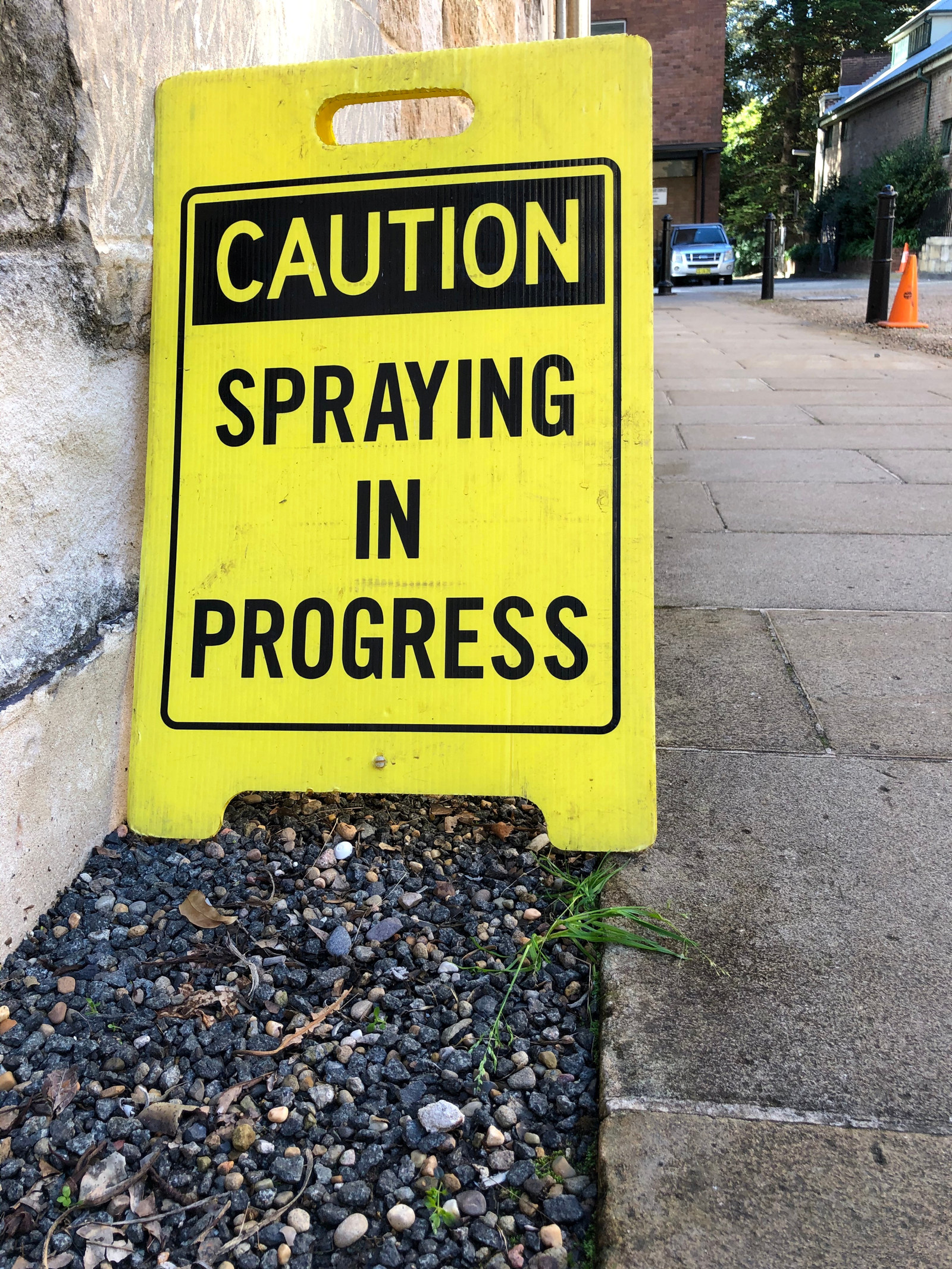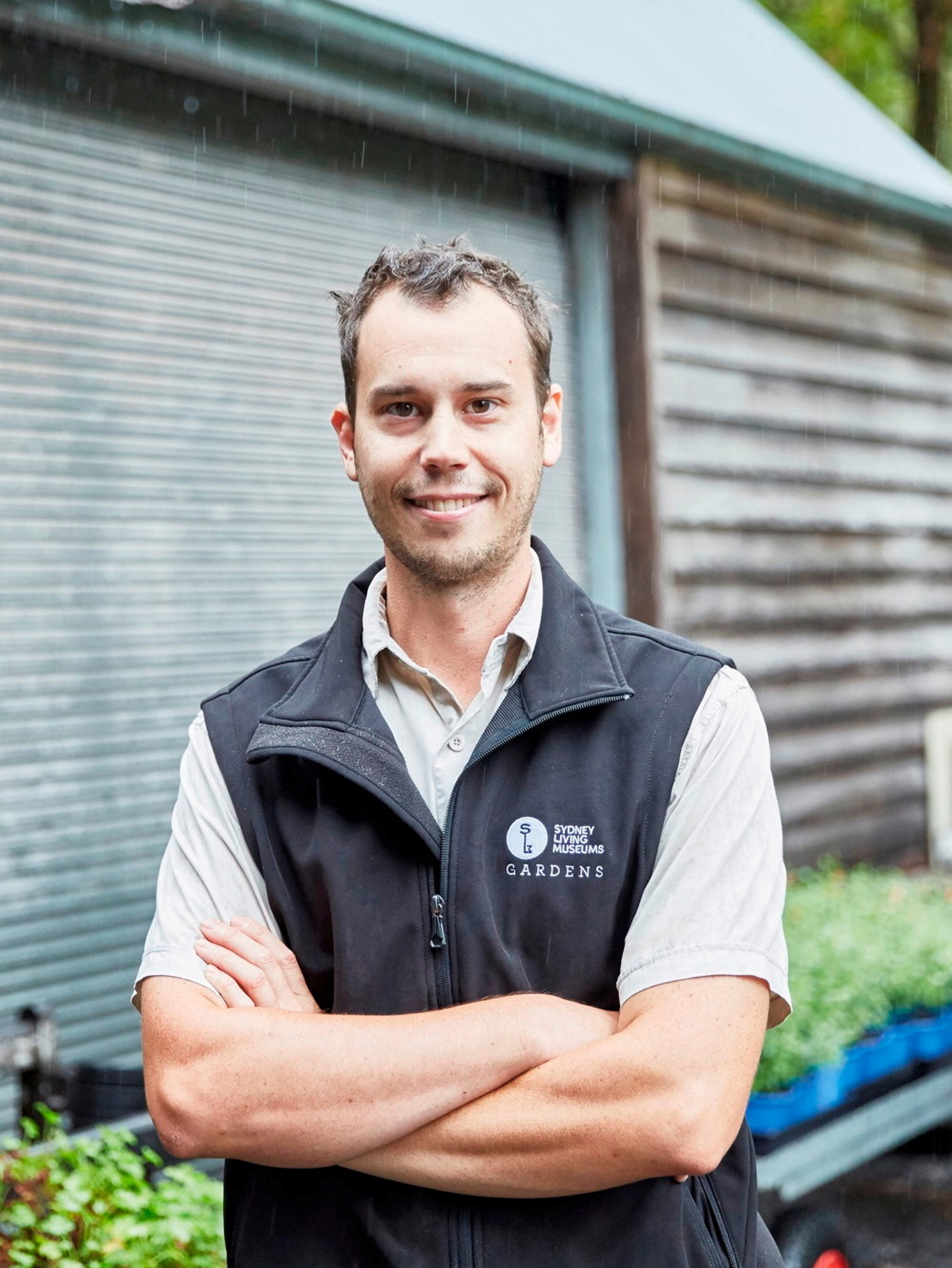Winter rose pruning
When the garden team mentioned in passing to our (former) Director, Ian Innes that our annual rose pruning was coming up, he excitedly asked if he could join us and share his knowledge on the subject. The date was set for a cold day in mid-July and Ian joined us for what became a very interesting rose care and pruning class for the team.
Ian gave us a list of essential materials that we would need for the day, which included:
- bleach
- sharp clean secateurs
- well-rotted cow manure
- fine limestone
- lime sulphur
We then spent the next few hours alongside Ian, pruning the variety of rose species and varieties in the Pleasure Garden at Vaucluse House. The morning started off with an introduction to roses and Ian’s background, experience and love of working with them.
I wanted to share with you the important steps we went through and maybe you too can gain some new skills to use and practice. Firstly and most importantly is to make sure you have clean, sharp clean secateurs for pruning, as this is crucial to leaving nice clean cuts to minimise any potential for damage and disease.
The bleach was on Ian’s essentials list as we had to dip our secateurs in a bleach/water solution between each and every plant, which would prevent the spread of any fungal diseases via our fresh cuts.
Then comes the pruning!
Now this is nothing to be scared of (except the thorns); it’s all a learning curve and the many different methods will all gain results. I could go into much more detail here but I will try and keep it simple.
With old varieties and ‘heritage’ roses, we reduced each plant by no more than 1/3, carefully selecting where to cut and which limbs to remove, always removing the dead, damaged and diseased. The aim was to cut above an outward facing bud on a 45-degree angle if possible to do so, as this allows water to run away from new shoots and also hopefully prevents dieback. Ian kept stressing that you need to step back and look at the plant as a whole: how is its shape and form progressing? The pruning reduces branches and provides better air flow, therefore reducing the possibility of fungal diseases and pests.
Roses love lime so, after each plant was pruned (with the larger plants taking considerable time), we applied some superfine limestone to the base and watered it in.
Winter is also the time to apply lime-sulphur if desired; this helps to sterilise all the fresh wounds (cuts) and also control any fungal diseases and pests that might remain.
Finally, roses require large amounts or nutrients to do what they do, especially on light acidic sandy soils such as at Vaucluse House and, with the amount of growing ahead of them, now is the perfect time to apply.
This is where we get to the well-rotted cow manure. The manure is applied liberally around the base of the plant. Ian specified well-rotted for use because if it is too fresh it can be overly rich for the plants and actually burn their root system. We used a combination of our own compost with the manure, which gives a nice balance and maintains the look we are after in the gardens.
Mid to late winter is the perfect time to prune and plant most roses in Sydney, as they are right on the edge between dormancy and budding (depending on the variety) and this makes pruning easier. We took the opportunity to add a few new bare rooted plants to our rose bed and they are already beginning to show swelling in the buds. In colder areas delay pruning as late as possible - when you see leaf buds swell.
I found it to be a productive day in which I think we all learned something new, as Ian was there to help us hone our skills to provide the plants the best care we can. We learnt that some things that may have been possible in the past might not be viable now as climates and conditions change, and we need to sometimes concede that “well we tried it, but now it’s just not possible, let’s try something else”.
At Vaucluse House, which has a very mild climate, we can grow many types of old-fashioned roses that would only be possible to grow under glass in other parts of the world. Why not pay a visit in late October or November to see our roses in bloom?
Published on
Plant your history
Browse all
Florilegium plants
A gathering of flowers: the Florilegium collection
Finely detailed botanical artworks reveal the range of plants introduced to Sydney’s gardens over the past 200 years

Plant your history
A mossy analogy for Susannah Place: small but mighty
Mosses are everywhere! They are small, mighty, unsung and inhabit the most unusual places. They can be found in all our museum outdoor spaces if one looks closely enough

Plant your history
A new weapon in the war on weeds
A black and yellow sign warns me there is “Spraying in Progress”, and I wonder for a moment why no one is wearing a mask, or even gloves. But the dangerous looking mist enveloping these men is not what it seems

Plant your history
Acanthus - an apt symbol for The Mint
Look at any classical building today, anywhere in the world and chances are you will find an acanthus leaf lurking somewhere
